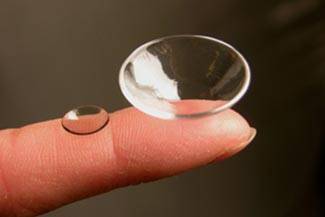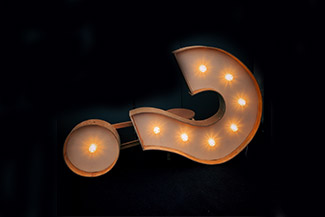
Where Do Scleral Lenses Fit In Your Dry Eye Treatment Protocol?
Dry Eye Syndrome (DES) is among the top drivers that lead patients to seek help from eye care professionals trained in treating dry eyes.
Dry Eye Syndrome (DES) is a highly common condition that occurs when your tear glands don’t produce enough tears or when your tears evaporate too quickly. This condition can be temporary or chronic and is characterized by dry, itchy, stinging and irritated eyes.
Curiously, a recent survey revealed that out of the more than 30 million adults who have symptoms of Dry Eye, only half of those are diagnosed and an even smaller number receives the medical attention they need. These numbers are a concern since there are millions of people needlessly suffering from a treatable condition.
If you’re suffering from dry eye, contact Kelly Vision Center today. We offer effective and lasting treatments that are sure to improve your quality of life.
Signs and Symptoms of Dry Eye Disease
Dry eyes can be caused by several factors, such as aging, medication, environmental changes, hormonal changes, allergies, among others. The most common ocular signs and symptoms include:
- Crusty eyelids
- Dryness
- Grittiness
- Itchy eyes
- Redness
- Stinging
- Tearing
- Blurred vision
- Burning
- Intense eye pain
- Photophobia (sensitivity to light)
- Sensation of something stuck in the eye
How Can Scleral Lenses Help With Dry Eye?
Scleral lenses are customized rigid lenses that tackle three factors simultaneously: they provide vision correction, they protect the eye and serve a therapeutic purpose by lubricating the eye.
Due to their large shape, unique features and customized fitting, scleral lenses offer an excellent solution for dry eyes. They decrease pain, discomfort, eye redness and itchiness in those with dry eyes.
While scleral lenses can provide relief to patients suffering from DES, the question is deciding on the right time to incorporate scleral lenses into a dry eye treatment plan.
Scleral lenses should not be the primary treatment method
Despite their countless benefits, scleral lenses should not be the primary therapy or treatment method for patients with mild to moderate dry eye syndrome. Eye practitioners often advise to try out prior treatment options first.
Additional Dry Eye treatment methods include:
- Environment modifications
- Improved eyelid hygiene
- Nighttime goggles
- Nighttime eye lubrication
- Prescription dry eye medications
- Preservative-free eyedrops
Scleral contact lenses as a tertiary therapy
Scleral lenses should only serve as tertiary therapy after overnight treatment options and prescription medications such as moisture goggles or ointment have been exhausted. That said, scleral lenses should be incorporated before the long-term use of steroids, surgical punctual occlusion and] amniotic membrane grafts.
Some of the other tertiary therapies that can be recommended alongside scleral lenses include:
- Autologous/allogeneic serum eye drops
- Oral secretagogues
- Soft bandage contact lenses
Like scleral lenses, these treatment procedures are highly effective, but should only be used if the primary and secondary therapies fail to improve the patient’s Dry Eye condition.
If you experience any eye pain or regular ocular discomfort, book your appointment with Kelly Vision Center today.
Our practice serves patients from Goodlettsville, Hendersonville, Gallatin, and Madison, Tennessee and surrounding communities.










